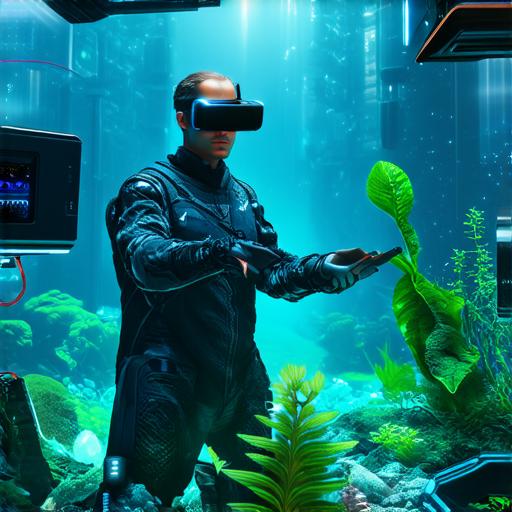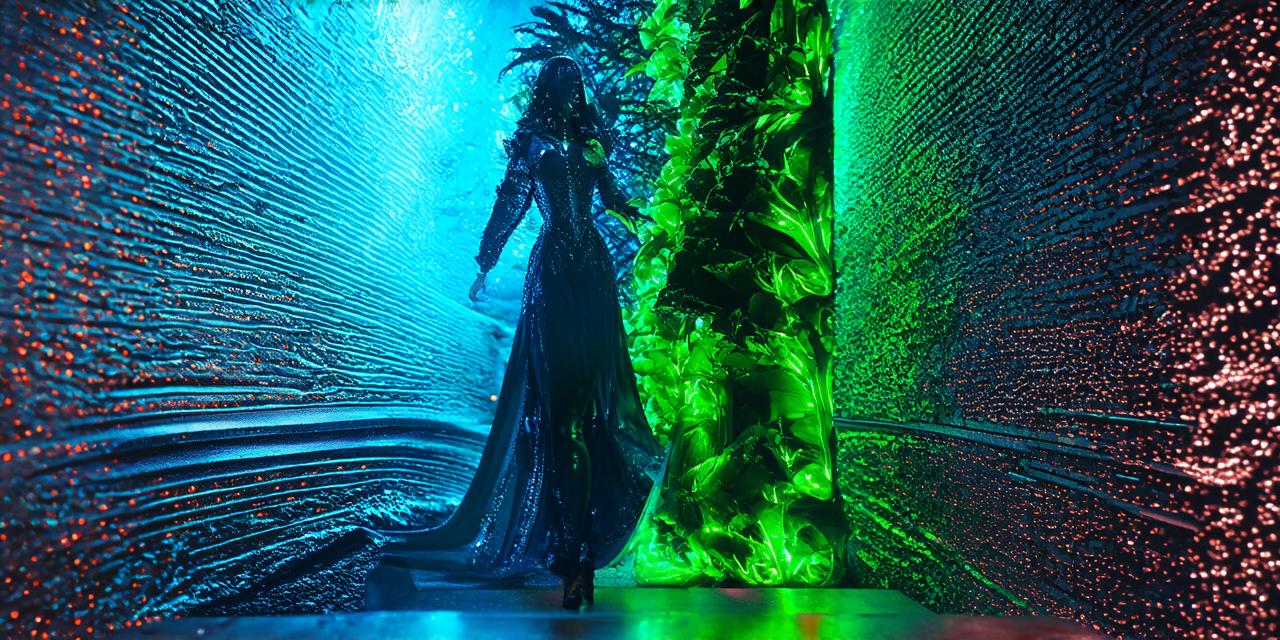What is Mixed Reality?

Mixed reality is a technology that allows users to interact with virtual objects and environments while remaining in their physical surroundings. MR creates an immersive experience by overlaying digital content onto the real world. Unlike VR, which completely immerses users in a virtual world, and AR, which adds digital elements to the real world, MR offers a balance between the two.
How does Mixed Reality work?
Mixed reality technology works by using sensors, cameras, and computer algorithms to track the user’s physical movements and environment. This data is then used to create an interactive experience that blends virtual objects with the real world. There are several types of MR technologies available, including device-based MR, where the user wears a headset or smart glasses, and room-scale MR, which uses multiple cameras and sensors to track the user’s movements in a physical space.
The potential impact of Mixed Reality on various industries
Mixed reality has numerous applications across different industries. In gaming, MR allows users to interact with virtual objects and environments while remaining in their physical surroundings. This creates a more immersive and realistic gaming experience. For example, the game “Beat Saber” uses MR technology to track the user’s movements and create an interactive music experience.
In education, MR can be used to create virtual field trips and simulations that allow students to explore new environments and concepts in a safe and controlled setting. For instance, the app “Anatomist” allows medical students to dissect virtual cadavers in an immersive MR environment.
Mixed reality also has significant potential in healthcare. MR can be used for surgical planning, allowing doctors to visualize complex procedures before performing them on patients. This increases the precision and safety of the procedure. Additionally, MR can be used for pain management, where patients can use virtual reality to distract themselves from pain during medical procedures.
In marketing, MR can create immersive product demonstrations and interactive advertisements that capture the user’s attention. For example, the car manufacturer BMW uses MR technology to showcase its latest models in a virtual showroom.
Case studies of mixed reality in action
One example of the power of mixed reality is the work being done at the University of Washington. Researchers are using MR technology to create immersive simulations for medical training, allowing students to practice surgical procedures in a safe and controlled environment. This technology has the potential to revolutionize medical education by providing more realistic and effective training.
Another example is the use of MR in the gaming industry. The game “Job Simulator” uses MR technology to allow players to simulate real-world jobs, such as cooking or carpentry. This creates a highly immersive and engaging experience for players.
Real-life examples of mixed reality applications
<p



